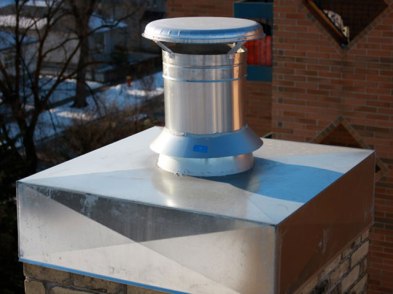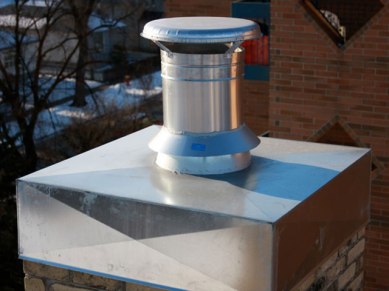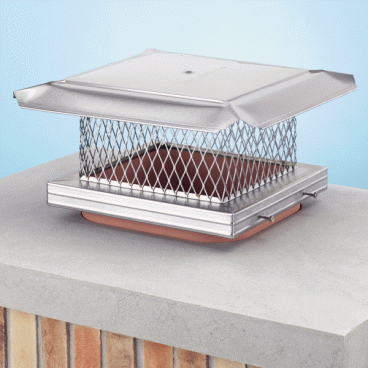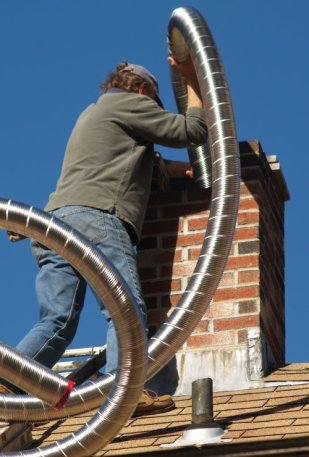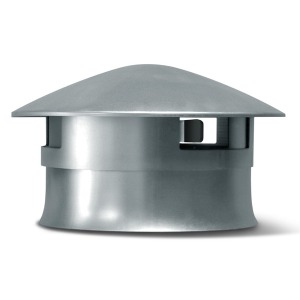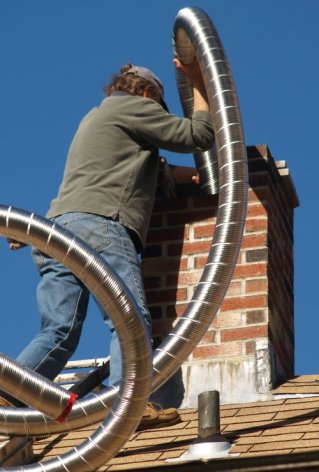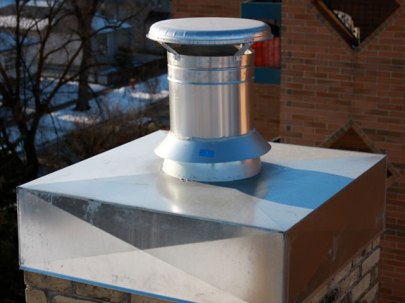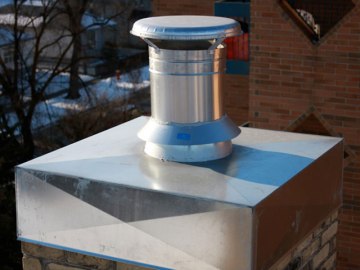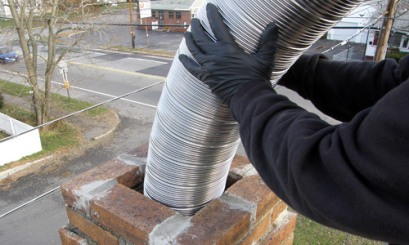 Annual chimney inspections are absolute home maintenance necessity but inspections alone aren’t enough to prevent a tragedy. A well made, properly installed chimney liner will protect the structure of your chimney and keep your family and home safe. Chimney liners include the option of flexible or rigid styles. Your preference will depend on a combination of factors including the cost, installation difficulties and the particular shape of your chimney.
Annual chimney inspections are absolute home maintenance necessity but inspections alone aren’t enough to prevent a tragedy. A well made, properly installed chimney liner will protect the structure of your chimney and keep your family and home safe. Chimney liners include the option of flexible or rigid styles. Your preference will depend on a combination of factors including the cost, installation difficulties and the particular shape of your chimney.
The purpose of a metal liner is to secure the flue’s integrity, so that dangerous smoke and flammable material do not leak back down the chimney into your home or set the chimney itself on fire. Surprisingly, a number of old homes in this country still have not had a liner installed. You can place a metal liner on top of an old clay tile liner or directly on an unlined chimney. However, if the flue space is very small, the clay tiles may have to be removed in some cases. Your chimney specialist will be able to tell you if that will be required.
If your chimney’s flue is straight from the top to the bottom (where you will connect with the vent of the fireplace, furnace or wood burning stove), then a rigid liner will work very well. If the flue has one or more bends in it, a flexible liner will be the better choice. The more complex the system, the greater your need for a flexible liner will be.
It is true that a rigid liner is generally less expensive, but if there are several bends in the flue the increased labor costs will make the flexible liner a much cheaper option. A flexible liner will also be easier to clean and maintain than a rigid liner that has several bends and turns.
If you are unsure about which type of liner you need, ask the advice of your professional chimney cleaner when he does your annual inspection. Or contact us if you have any questions. We will help you get the job done.
